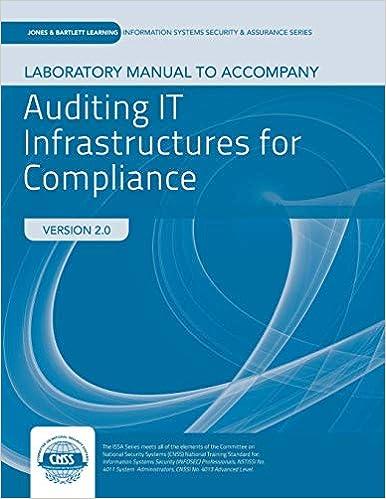Q.1.1 Discuss the role of transport infrastructure referred to in above article, in facilitating global trade. (8) A new generation of ultra large container vessels has been salling the oceans in recent years. Container ships such as the Madrid Maersk, COSCO Shipping Universe, OOCL Hong Kong and Ever Golden can carry more than 20 000 TEUS (twenty-foot equivalent units). These vessels measure about 400 m in length, with beams of between 49 m and 59 m, and a draught of 15 m. Early container vessels were usually modifled bulk vessels or tankers that could carry about 1 000 TEUs. However, over the past 50 years, the capacity of cntainer vessels has increased by about 1 500%, doubling over the past decade alone, says the South African Association of Freight Forwarders (SAAFF). This rapid growth has largely been influenced by shipping lines focus on economies of scale to improve profit margins, says the association, in general terms, the more containers shipping lines can load on a vessel, the greater the income generated by these vessels." The extreme size of the new generation of container vessels is, however, creating a new set of physical problems, notes SAAFF. For example, owing to strong winds, the Ever-Given vessel early in 2021 blocked the Suez Canal, and a large portion of global trade, for six days. Other problems include the limited number of ports that can receive these vessels Today Very Large Container ships and Ultra Large Container ships are the norm and too big even for the Panama Canal Further, these ships come close to the limits that the Suez Canal can accommodate today and remain limited to routes between Asia and Europe. A 3 of 9 engine 8 A The Independent institute of Education (Pty) Ltd 2022 21, 22 4 I R "Despite this, the situation serves as a warning to ports across the world, foreshadowing serious issues in terms of port capacities," notes the SAAFF report. "If ports and hinterland operations do not adjust to service these vessels to the best of their capabilities, these ports and countries could face some severe challenges, and possibly lose their spots in the supply chain, due to bypassing vessels." The congestion struggles at South African ports is no secret, with the Container Port Performance Index (CPPI) 2020 ranking the country's containerminals at the bottom of the global pile. "A 10 Page 3 of 9 2022 significant contributing factor is that, while the size of vessels is growing, our ports have not expanded much over the past decade. "Furthermore, the same can be said for the rest of our infrastructure on which logistics operations rely heavily." Durban's prime container berths are dredged at 12.2 m, Cape Town's at 14 m and Ngqura's 18 m, with ultra large vessels requiring a draught of at least 15 m. Moreover, the Durban container terminals have moved an average of 5 to competenwitherios co.za/article/investment-needed-for-sades-rail-infrastr chu: 2022-02-04 draught of at least 15 m. Moreover, the Durban container terminals have moved an average of 5 000 TEUS per vessel over the past few years, with vessel sizes at this port rarely exceeding 10 000 TEUS capacity. The MSC Katarina (12 400 TEUS) and Cape Tainaro1 000 TEUS) were some of the largest vessels to call at the Port of Durban in the last year. Further, for Africa as a whole, the maximum ranges stop at about 15 200 TEUS. According to Alphaliner's monthly monitor report, only four vessels are servicing Africa within a spread of 12 500 TEUS to 15 200 TEUS, says SAAFF. "These figures suggest that our largest port is not coming close to being able to service these ultralarge vessels," warns SAAFF. "Of further concern lately has been the lack of investment in our ports in recent years," adds the association. "It might also explain why South Africa's port performance has been deteriorating over the past decade." In addition to the need for ports that can accommodate larger vessels, shipping lines and cargo owners are also looking for ports to service vessels as fast and efficiently as possible. As the CPPI 2020 indicated, more and more time spent in port translates into higher costs and smaller profit margins, notes SAAFF. "Therefore, our ports need to be upgraded to ensure that the










